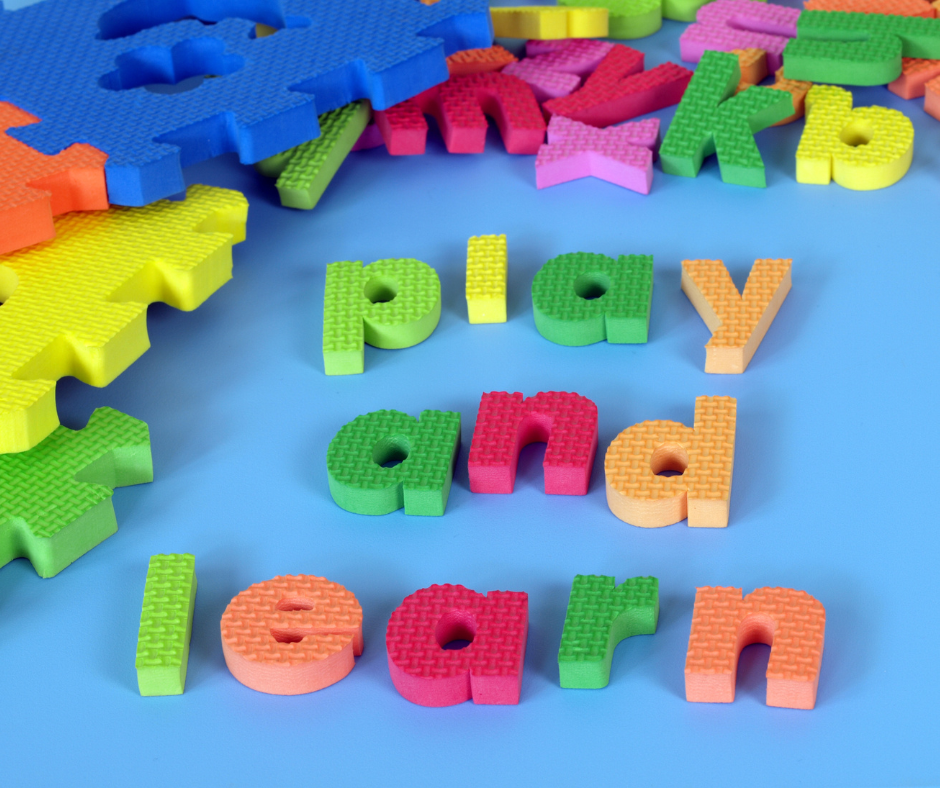
How Healthy Is Your Classroom?
Every now and then it’s important to take a step back and take an objective look at your goals and the benchmarks you set to achieve them. As educators, many of your success metrics come from children’s academic progress, but if your goal is to keep a healthy classroom, there are some questions you can ask to gauge your improvement.
PHYSICAL ACTIVITY
Do your students get enough physical activity at school each week? According to the Centers for Disease Control, “Children and adolescents should do 60 minutes (1 hour) or more of physical activity each day.” This physical activity should be divided into three groups: aerobic activity, muscle strengthening, and bone strengthening. Consider adding active games to recess time, incorporating vigorous-intensity activity breaks during the school day, and taking walks outside the school or in the hallways, cafeteria, or gym while focusing on skills such as math facts, spelling words, or science and social studies terms and definitions. To learn more, visit the Centers for Disease Control.
Do students move while they learn in your classroom? When we move, we learn, and we learn as we move. Did you know that physical activity is linked to improved academic performance? Consider pairing movement and learning across the curriculum. Students can do jumping jacks to solve addition problems, walk in place while they read aloud, and stretch left or right to choose between answers written on the board.
Do you help students stay active during outdoor and indoor recess with games and activities that incorporate movement? During outdoor recess, consider including group activities and games such as kickball, four square, tag, soccer, hopscotch, scavenger hunts, etc. During indoor recess, consider active games and activities such as a movement-based version of the traditional games such as Mother May I? and Follow the Leader, indoor hopscotch, a dance party, hallway bowling, and Walkabouts!
HEALTHY EATING
When food is served in the classroom, do you choose healthier options or sugary snacks and drinks? Set a healthy example in your classroom. Instead of cupcakes, cookies, candy, and sugary drinks, choose fruits, veggies, pretzels, and water.
Do you reward students with candy or other sugary treats? If so, consider other types of rewards that do not involve food. Rewards might include extra recess or media center time, choosing a favorite classroom job, choosing a book to be read to the class, or choosing an active class activity at recess.
Hopefully, these questions have provided food for thought! If you want to take health and movement to the next level, find out how your school rates with the Active Schools Evaluation Tool.





